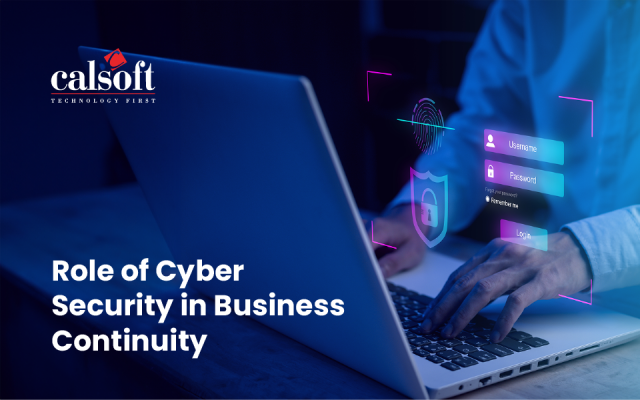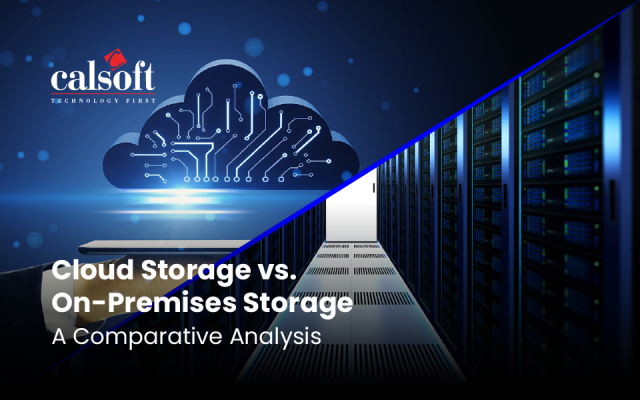Back in 2011, Gmail’s servers ran into a problem. Their employees were propagating a software update across their servers, but there was a glitch in the update.
In an instant, over 20,000 people lost all their emails.
***
As technology improves and the world becomes more and more competitive, keeping your operation online constantly is vital. As such, many businesses are moving their operations partially or completely to the cloud. While thousands of businesses have benefited vastly from the cloud – indeed, most of them have – there are a few security challenges that must be overcome to use the cloud successfully. Some old scams have taken new forms, while many new methods of breaching security have been created. Phishing attempts have gone from people wearing fake uniforms to gain access to offices, to people calling offices claiming to be password inspectors, to malware being sent via email to steal passwords. As technology has evolved, so have these problems.
While these challenges are troublesome, they are not undefeatable. A little bit of care and a few security tools, and you too will be able to run a successful cloud-based operation!
Enterprises face many data security challenges today. Some of these challenges are old, some are new. But all of them can be defended against. Let us explore these challenges, and perhaps look into a few solutions too.
FTP
One of the oldest methods of sending files over the internet, the File Transfer Protocol (FTP) is still used by many legacy systems for data transfer. However, the data is often sent in an unencrypted format, shared via email. FTP not only poses security risks but is also an inefficient method of transfer when it comes to your website data.
Authorization and Access Control
Extremely basic but also fairly uncommon. Lots of companies, especially start-ups, have loose forms of authorization and access control, regardless of the importance of the data. Implementing proper access is something that needs to be done before the data is transferred to the cloud. Failure to do so can result in leaks and theft. Encryption is only so useful if the password is widely known, after all.
Compliance
If your business handles sensitive data, odds are you need to undergo regular compliance checks. Regulations like GDPR or HIPAA are difficult to handle, and regulations around cloud storage are unclear for a lot of people. Some businesses even rely on their cloud hosting provider to solve their compliance issues, which can cause problems in the future if experts are not consulted.
This problem is even worse for small companies, as they often lack large legal departments. As such, compliance is also a major issue due to a lack of experts. Cloud providers like AWS are responsible for the security of the data, but not compliance. Regular changes to compliance laws can also act as a major roadblock for most companies.
Data Loss
Data loss is a major concern for any organization and there is a lot of capital invested in storage and security to avoid just that. However, data loss can happen through methods. A data breach can be one such element that results in data loss or corruption. The only method to be proactive against a data breach is to ensure deliberate encryption. In the event of a data breach, your business will incur compliance risks, penalties, fines, and worst of all – serious violations of customer trust.
Solutions
These data security challenges can seem like a lot. But the truth is that they’re easily solvable. Three things are needed – authorization, encryption, and expertise. The first protects your data from unnecessary access and can be set up with minimal changes to your systems (unless your organization is wildly insecure, in which case you should do it anyway). The second protects your data from anyone trying to steal it in transit, so you should set up security protocols to transfer your data. Protocols such as SFTP, FTPS, AS2, and HTTPS can encrypt data during transfer, and it can then be validated and the encryption removed once on the cloud.
As for the third – well, the third is a little harder.
As mentioned above, experts in cloud migration are hard to find, especially given the nature of compliance and changing laws. But you can find them if you know where to look.
Conclusion
Gmail managed to recover from the data loss, but only because they had backed the emails up to tape. But they learned their lesson. Now, if you use Google’s cloud, you can see features such as versioning, redundant backups, and much more. Features that have saved many businesses.
Cloud security is a complex topic, and there are challenges associated with moving to the cloud. But none of these challenges are worth the damage caused by the loss of data. If you need assistance moving to the cloud, give us a call. Here at Calsoft, we are dedicated to your satisfaction, and our team of skilled engineers and technology leaders have worked with numerous customers to improve operational efficiency. Upgrade your business to the cloud with minimal downtime and cost with Calsoft! Contact us today.






